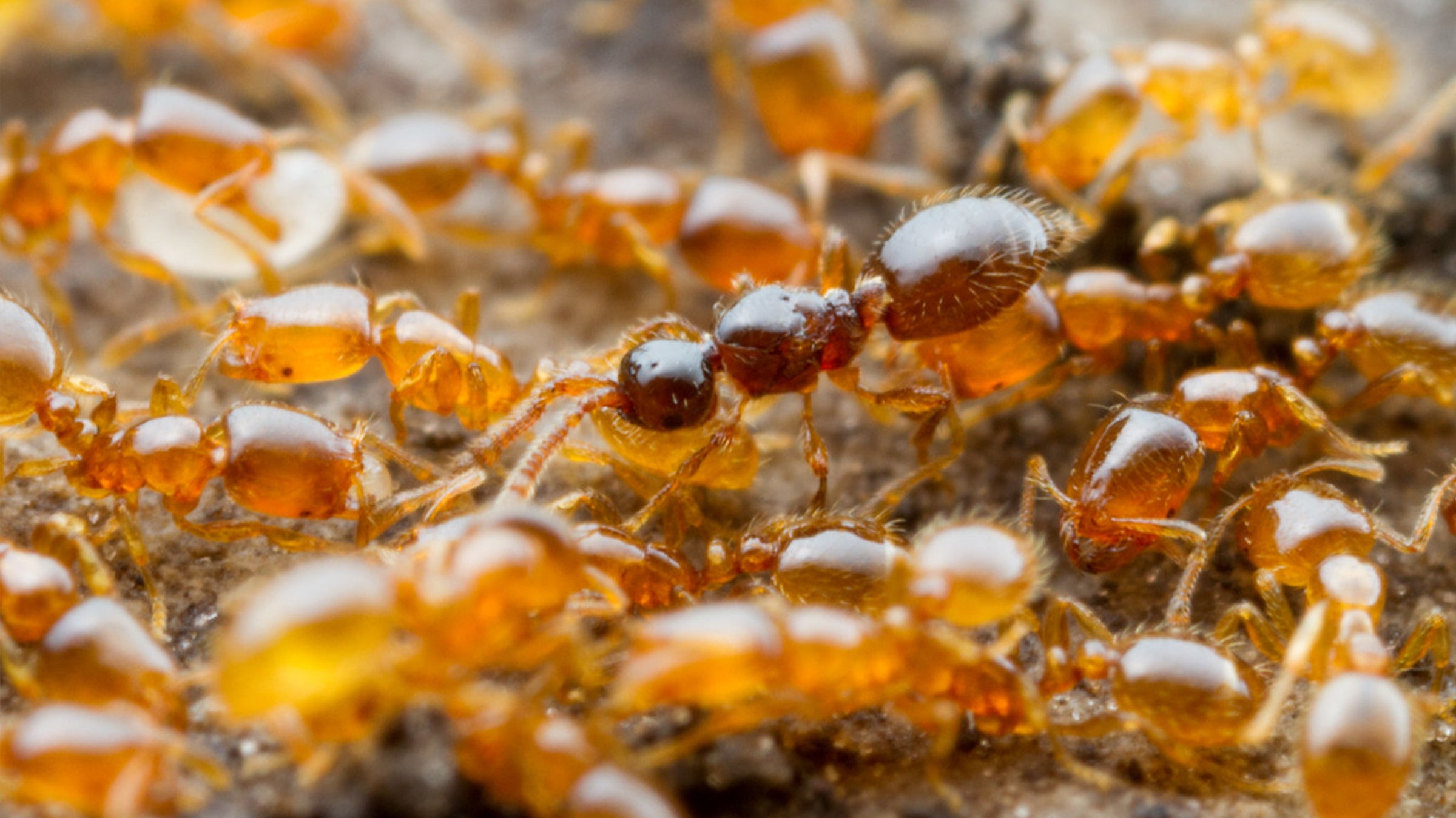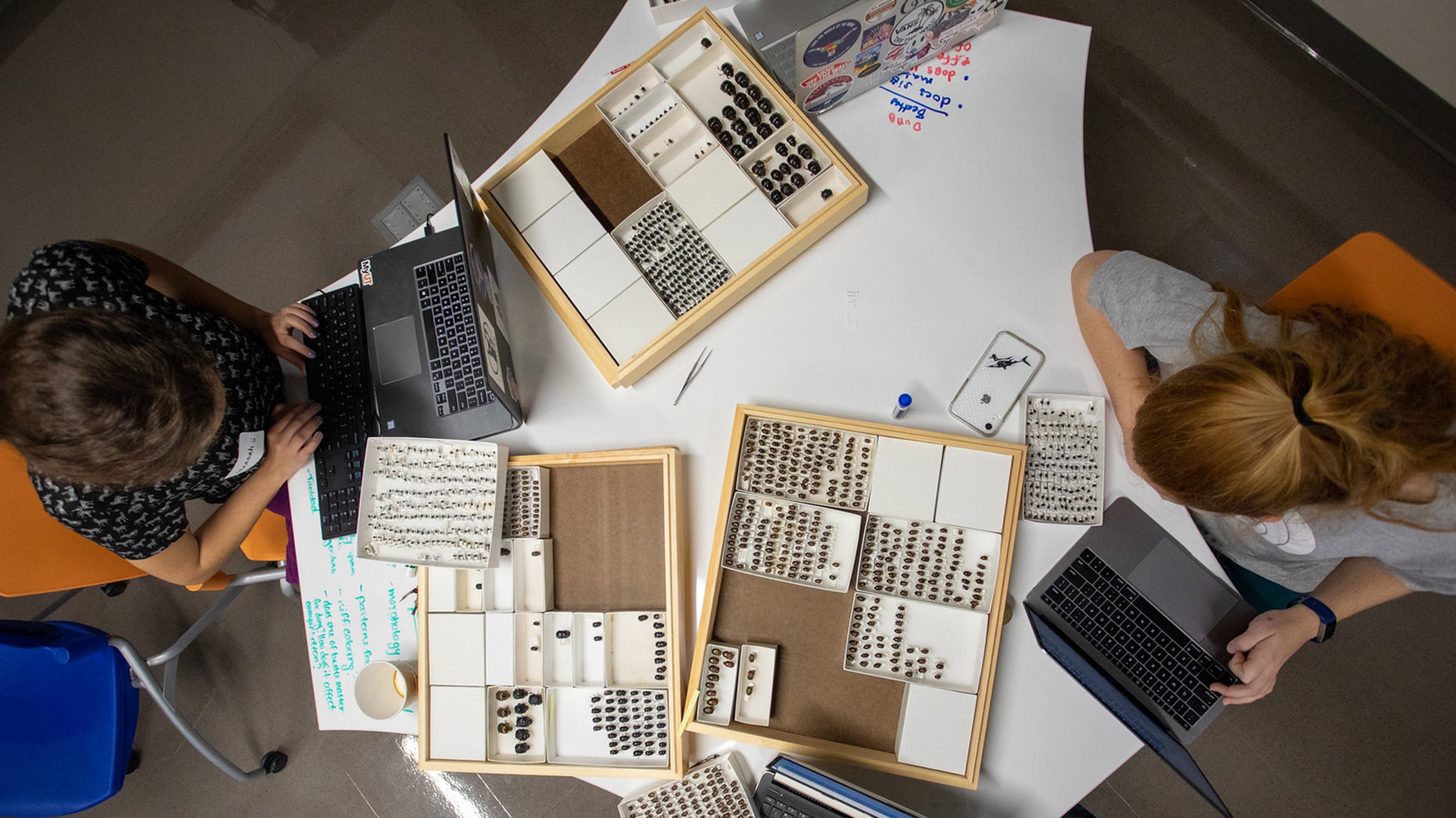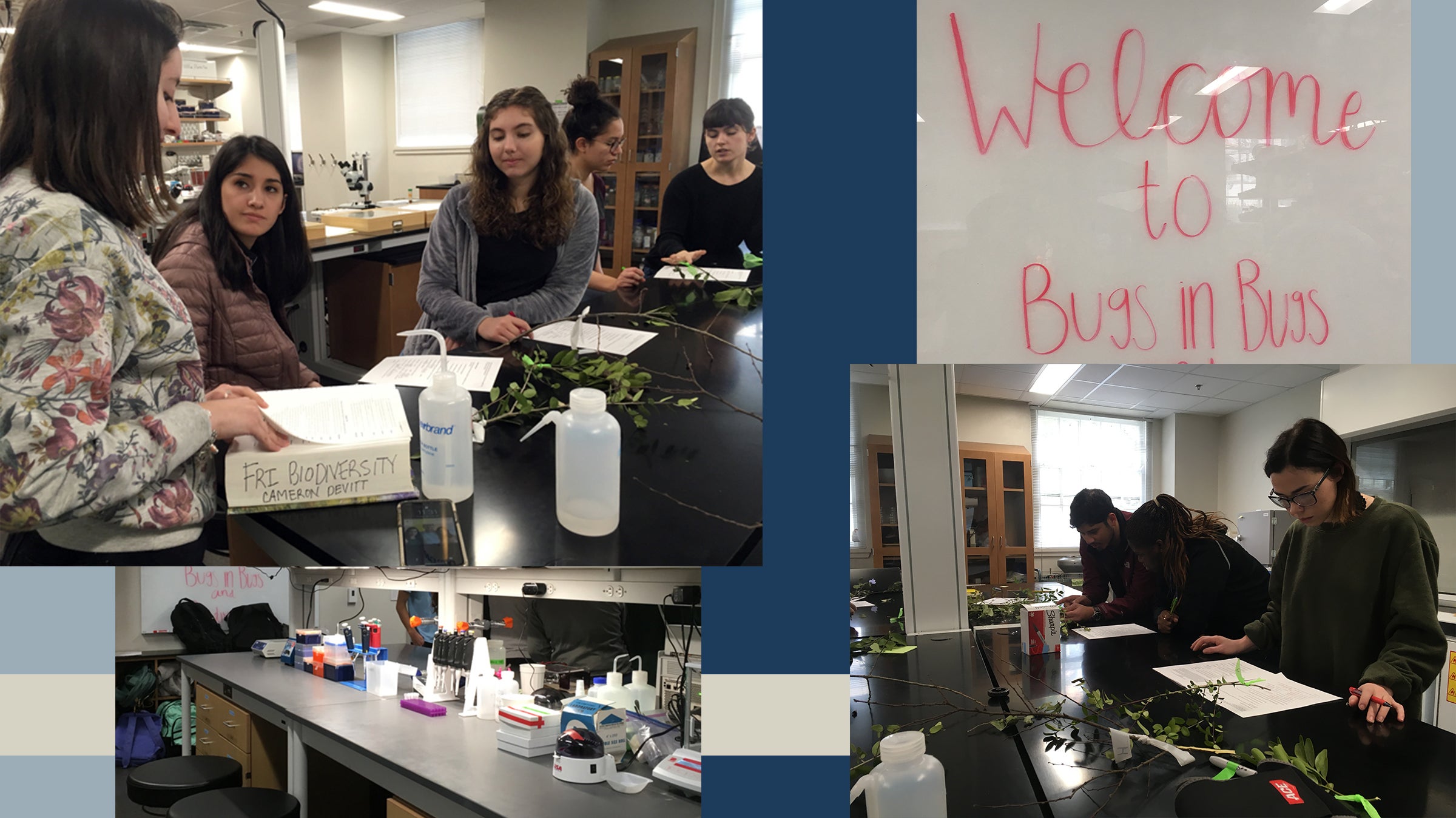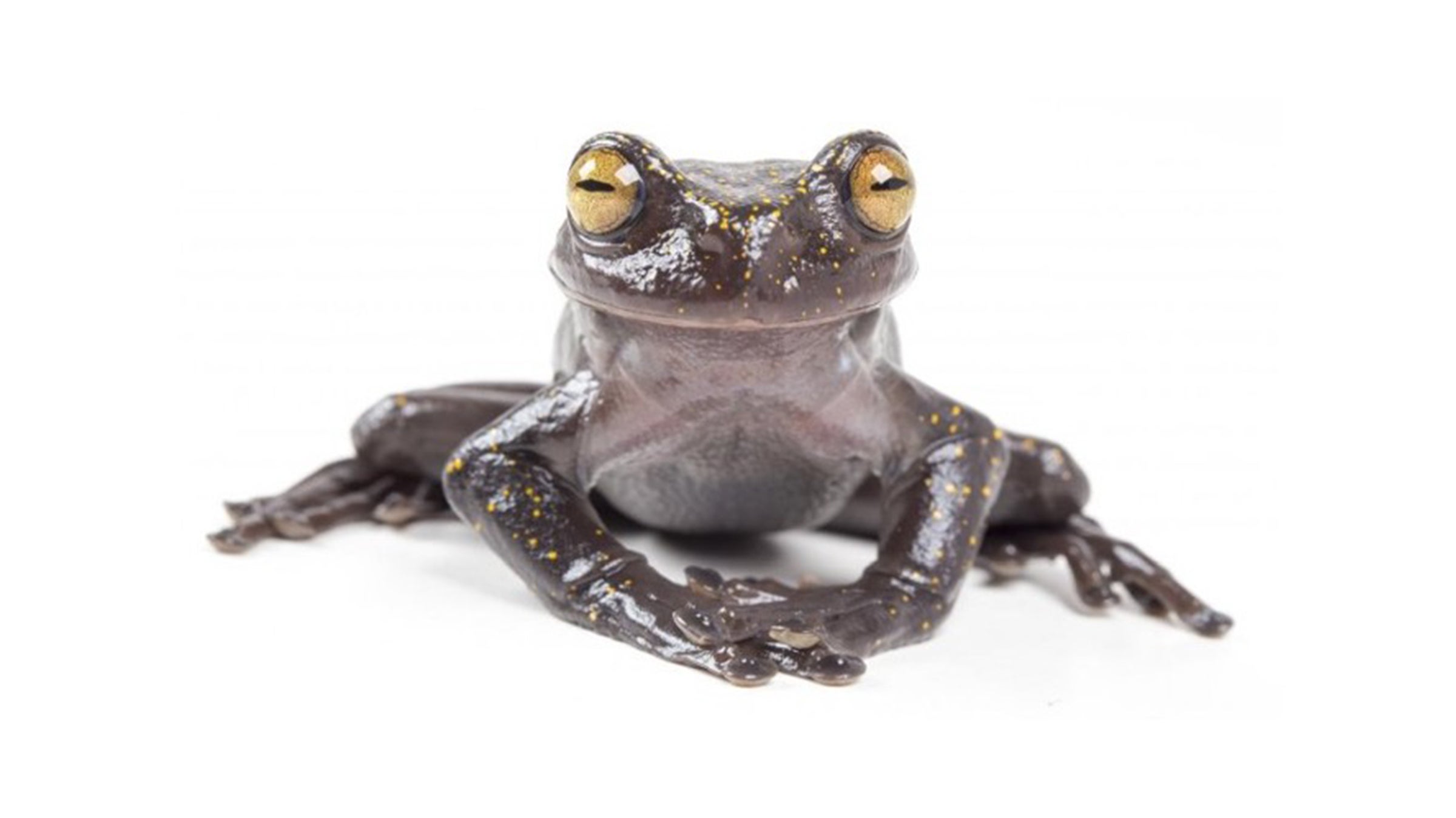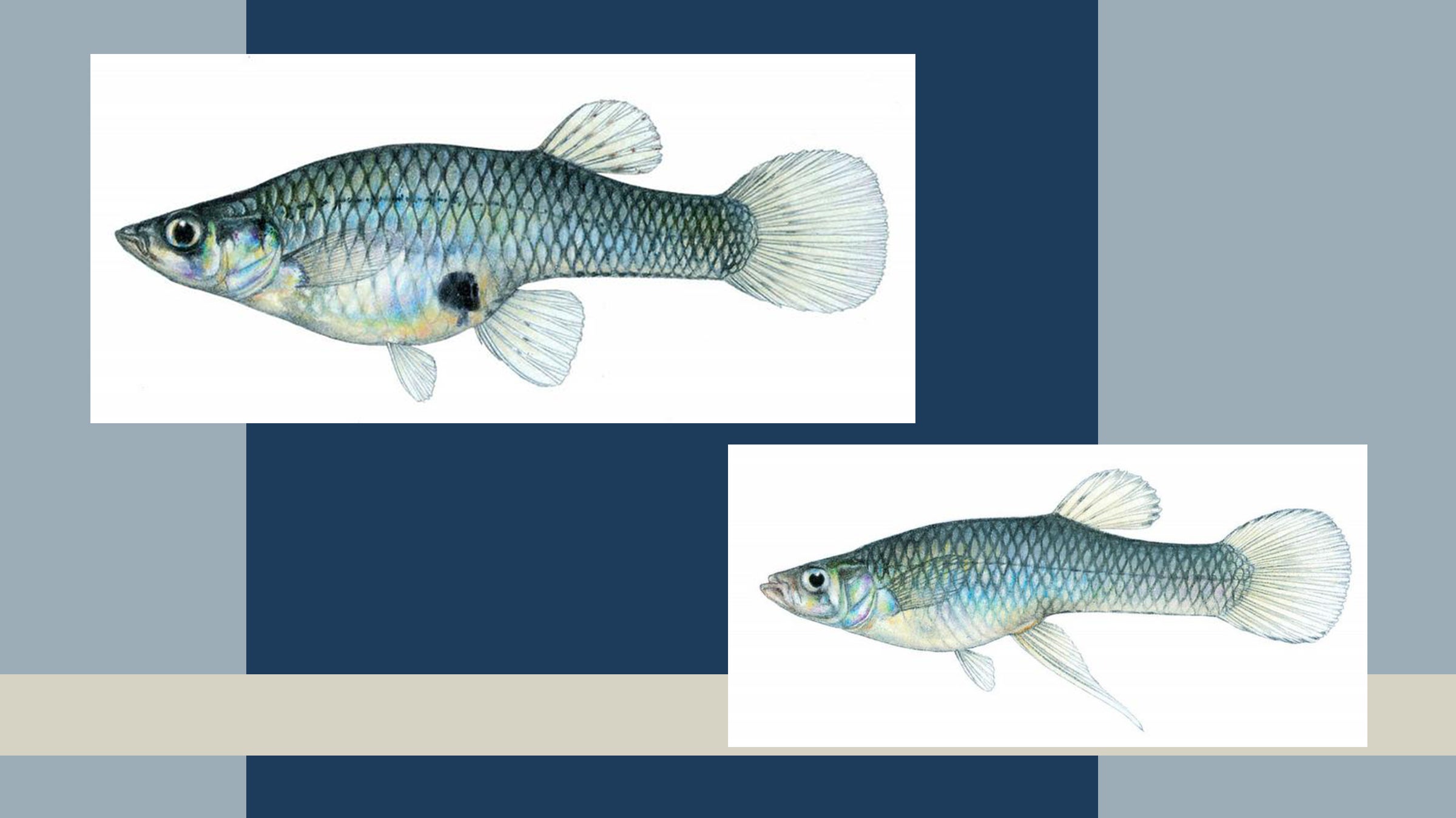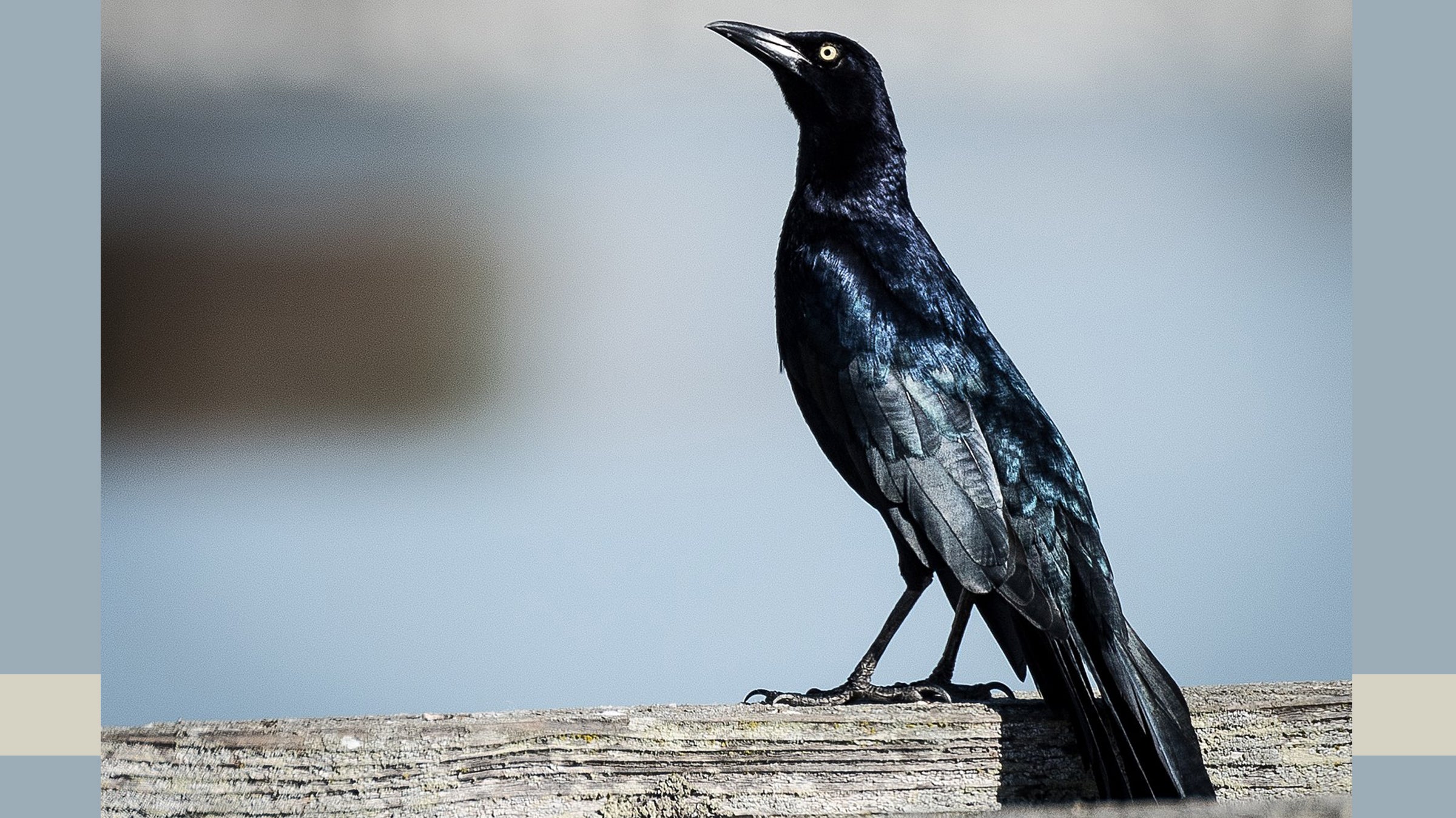News
Bringing Real Science to the Big Screen
Scientist Kip Thorne talks with his former graduate student Bill Press about what it's like to work on a major Hollywood film.

Central Texas Salamanders, Including Newly Identified Species, At Risk of Extinction
More severe droughts caused by climate change and increasing water use in Central Texas have left groundwater salamanders “highly vulnerable to extinction.”

Evolution Used Same Genetic Formula to Turn Animals Monogamous
In five cases where vertebrates evolved monogamy, the same changes in gene expression occurred each time.

UT News
Females Prefer City Frogs’ Tunes
Urban sophistication has real sex appeal — at least if you’re a Central American amphibian. Male frogs in cities are more attractive to females than their forest-frog counterparts, according to a new study from Mike Ryan and others published in Nature Ecology and Evolution.


